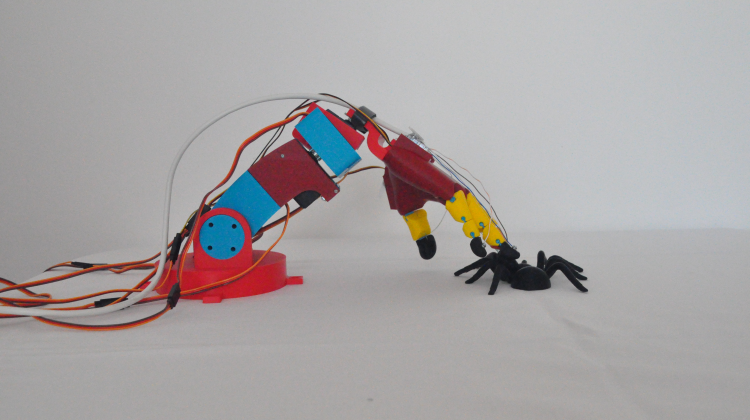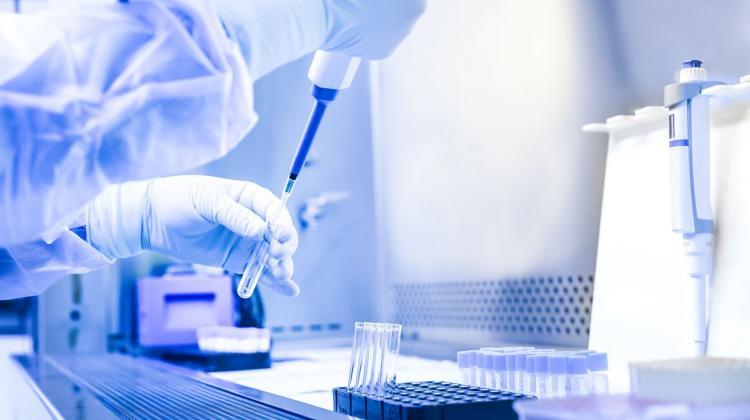Researchers are investigating the mechanism of action of halotherapy
 Khewra, Pakistan, 04.12.06. Salt gallery in the Pakistani salt mine. (mr) PAP/EPA/OLIVIER MATTHYS
Khewra, Pakistan, 04.12.06. Salt gallery in the Pakistani salt mine. (mr) PAP/EPA/OLIVIER MATTHYS
Microbiologists from the University of Lodz are investigating how halophiles - organisms occurring in saline environments - interact with cells of the human immune system. Halotherapy is a form of spa treatment that brings relief in many chronic illnesses.
However, the mechanism of the effect of halophilic microorganisms on the human body is still unknown, says Krzysztof Krawczyk from the Faculty of Biology and Environmental Protection of the University of Lodz.
Halophiles are organisms that require high salt concentration (more than 10% NaCl) to live. "This is one of the most interesting groups of archaea - single-cell microorganisms that lack the nucleus, significantly different from bacteria or eukaryotes" - explains the scientist.
Archeons are a separate taxonomic domain, next to bacteria and eukaryotes. They inhabit extreme environments, for example areas around hydrothermal vents, their presence has been confirmed in kitchen salt samples, they can also be part of the microflora of higher organisms, including humans. Evolutionary biologists, environmental microbiologists or biotechnologists study them.
Halophiles are found all over the world - from natural brine pools in sea basins to salt mines. This is possible thanks to perfectly developed mechanism of cellular and enzymatic adaptation to the salt environment, which has been used for years in halotherapy - a form of spa treatment that uses salt in various forms.
Halotherapy brings relief in diseases such as asthma, cystic fibrosis and chronic obstructive pulmonary disease (COPD), as well as in skin or cardiac diseases. But the mechanism of action of halotherapy is not fully understood.
"Papers published in recent years documenting the presence of archaea in the human microbiome prompted us to undertake research that could answer the question of how halophilic microorganisms interact with cells of the human immune system" - says Krawczyk.
Lodz microbiologists from the Institute of Microbiology, Biotechnology and Immunology of the University of Lodz study two strains of halophilic archaea. The first of them - Halorhabdus rudnickae - was isolated by a team of microbiologists from the University of Lodz in 2016 from the Barycz post-mining area in the Wieliczka Salt Mine. The work was carried out in cooperation with a world-renowned expert in the field of investigation of extreme microbes, Prof. Milton S. da Costa from the University of Coimbra in Portugal.
The second strain, Natrinema salaciae, was isolated by Prof. M.S da Costa`s team in 2012 from the Medee Lake in the Mediterranean.
Krawczyk reminds that the main role of the immune system is to recognize and combat threats resulting from infections caused by pathogenic microorganisms. One of the most important elements of the immune system is the dendritic cell (DC), combining the elements of innate and adaptive response.
"The results of our research will allow to understand the hitherto unknown effects of dendritic cell interaction with halophiles and determine the immunomodulatory properties of these microorganisms" - says Krzysztof Krawczyk, one of the laureates of the National Science Centre Prelude 14competition for researchers starting their careers who do not hold a doctoral degree.
Kamil Szubański, PAP - Science in Poland
szu/ zan/ kap/
tr. RL
Przed dodaniem komentarza prosimy o zapoznanie z Regulaminem forum serwisu Nauka w Polsce.


















